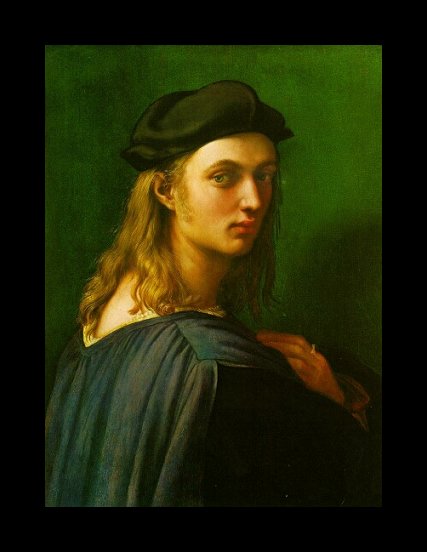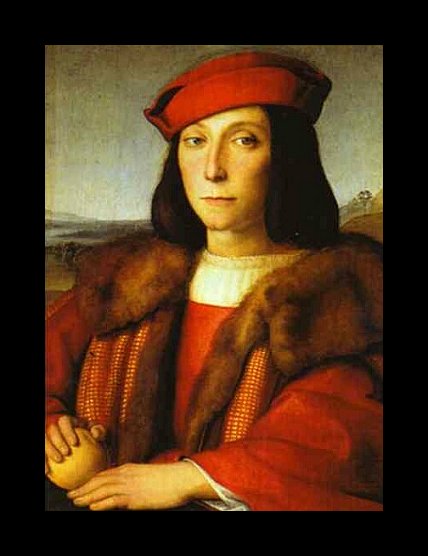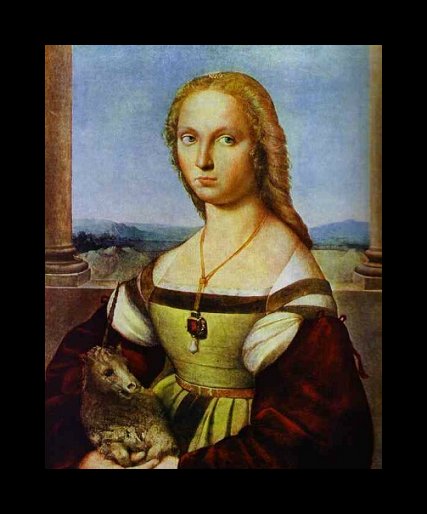Raffaello Sanzio AKA Raphael (1483-1520)
Get a Raphael Certificate of Authenticity for your painting (COA) for your Raphael drawing.
For all your Raphael artworks you need a Certificate of Authenticity (COA) in order to sell, to insure or to donate for a tax deduction.
Getting a Raphael Certificate of Authenticity (COA) is easy. Just send us photos and dimensions and tell us what you know about the origin or history of your Raphael painting or drawing.
If you want to sell your Raphael painting or drawing use our selling services. We offer Raphael selling help, selling advice, private treaty sales and full brokerage.
We have been authenticating Raphael and issuing certificates of authenticity since 2002. We are recognized Raphael experts and Raphael certified appraisers. We issue COAs and appraisals for all Raphael artworks.
Our Raphael paintings and drawings authentications are accepted and respected worldwide.
Each COA is backed by in-depth research and analysis authentication reports.
The Raphael certificates of authenticity we issue are based on solid, reliable and fully referenced art investigations, authentication research, analytical work and forensic studies.
We are available to examine your Raphael painting or drawing anywhere in the world.
You will generally receive your certificates of authenticity and authentication report within two weeks. Some complicated cases with difficult to research Raphael paintings or drawings take longer.
Our clients include Raphael collectors, investors, tax authorities, insurance adjusters, appraisers, valuers, auctioneers, Federal agencies and many law firms.
We perform Raffaello Sanzio AKA Raphael art authentication, appraisal, certificates of authenticity (COA), analysis, research, scientific tests, full art authentications. We will help you sell your Raffaello Sanzio AKA Raphael or we will sell it for you.



One of the triumvirate of High Renaissance art (along with Michelangelo and Leonardo da Vinci), Raffaello Sanzio (or Santi), known as Raphael, was born in Urbino, Italy, on April 6, 1483. Rafael’s father, Giovanni Santi, was a painter at the court of Federico da Montefeltro, the Duke of Urbino, and doubtless taught his son the fundamentals of art, with Raphael helping out in his father’s studio from a young age.
Where Raphael received his formal training is unclear. His father died in 1494, when his son was 11 years old, and at some point the young Raphael made his way to Perugia to apprentice under Perugino, at the time one of the most admired and influential painters working in Italy. All of the early works of Raphael show Perugino’s influence, from the figures with their sweet expressions to the formalized background landscapes dotted with pencil-trunked trees. Raphael’s earliest known commission (1501) was for an altarpiece for Andrea Baronci’s chapel in the church of Sant’Agostino in Città di Castello, near Urbino. (The work was damaged badly in an earthquake in 1789, but fragments have found their way to various collections.)



The fact that Raphael was regarded as a prodigy is evidenced by the fact that, shortly after the Baronci commission, Pintorecchio, another leading artist of his time, requested that Raphael make compositional drawings for frescoes in the Piccolomini Library in Siena.
Despite these early successes, Raphael evidently felt the need to broaden his experience and, in 1504, armed with a letter of recommendation from the Duke of Urbino’s sister-in-law to the ruler of Florence, Raphael moved there. Many of Raphael’s celebrated depictions of the Virgin and Child date from this time. In this period he also completed three large altarpieces: The “Ansidei Madonna”, the “Baglioni Altarpiece and the “Madonna del Baldacchino.” His first portraits also date from this period.
In 1508 Raphael was summoned to Rome by Pope Julius II to execute frescoes for four rooms of the Vatican Palace. It was an amazing accomplishment for an artist who was 26 years old. The first commission was the decoration of the Stanza della Segnatura, a room that probably was used by the pope as a library. It contains some of the artist’s best-known works, including the “School of Athens,” the “Parnassus,” and the “Disputation of the Holy Sacrament.” The most famous of these works, “The School of Athens,” displays the greatest thinkers of the Greek world, most notably Plato and Aristotle, who are at the center of the composition. Raphael has used contemporaries as stand-ins for the philosophers: In the place of Plato, for instance, it is likely that the portrait is that of Leonardo; likewise, Michelangelo is in the foreground (depicted as Heraclitus), leaning against a block. Raphael himself peers out at the viewer from the center of a group of scholars that are crowded together at the far right edge of the composition.

In addition to the Vatican frescoes, Raphael also was engaged to design 10 tapestries with scenes from the acts of the apostles to hang in the Sistine Chapel (for which Michelangelo completed the ceiling in 1512). The tapestries were woven in Brussels from cartoons, or drawings, of which seven survive. Because he had a large and well-organized workshop of artists and decorative specialists, which executed work following his designs, Raphael also was able to accept commissions for a number of altarpieces, a few small devotional works and a number of projects for the rich Sienese banker Agostino Chigi.
The last of Raphael’s works was an altarpiece, “The Transfiguration of Christ,” which is believed to have been completed by one of his students, Giulio Romano. The artist died on Good Friday of 1521, his 37th birthday, after he contracted a fever, probably caused by an insect bite. He may well have healed had it not been for the medical practices of the day, which prompted doctors to bleed him with leeches in an attempt to get the “bad blood” out. He was buried the next day in the Pantheon.


We authenticate, attribute and appraise works by Raphael. If you think you may have a Raphael, please contact us.
Reviews
1,217 global ratings
5 Star
4 Star
3 Star
2 Star
1 Star
Your evaluation is very important to us. Thank you.
